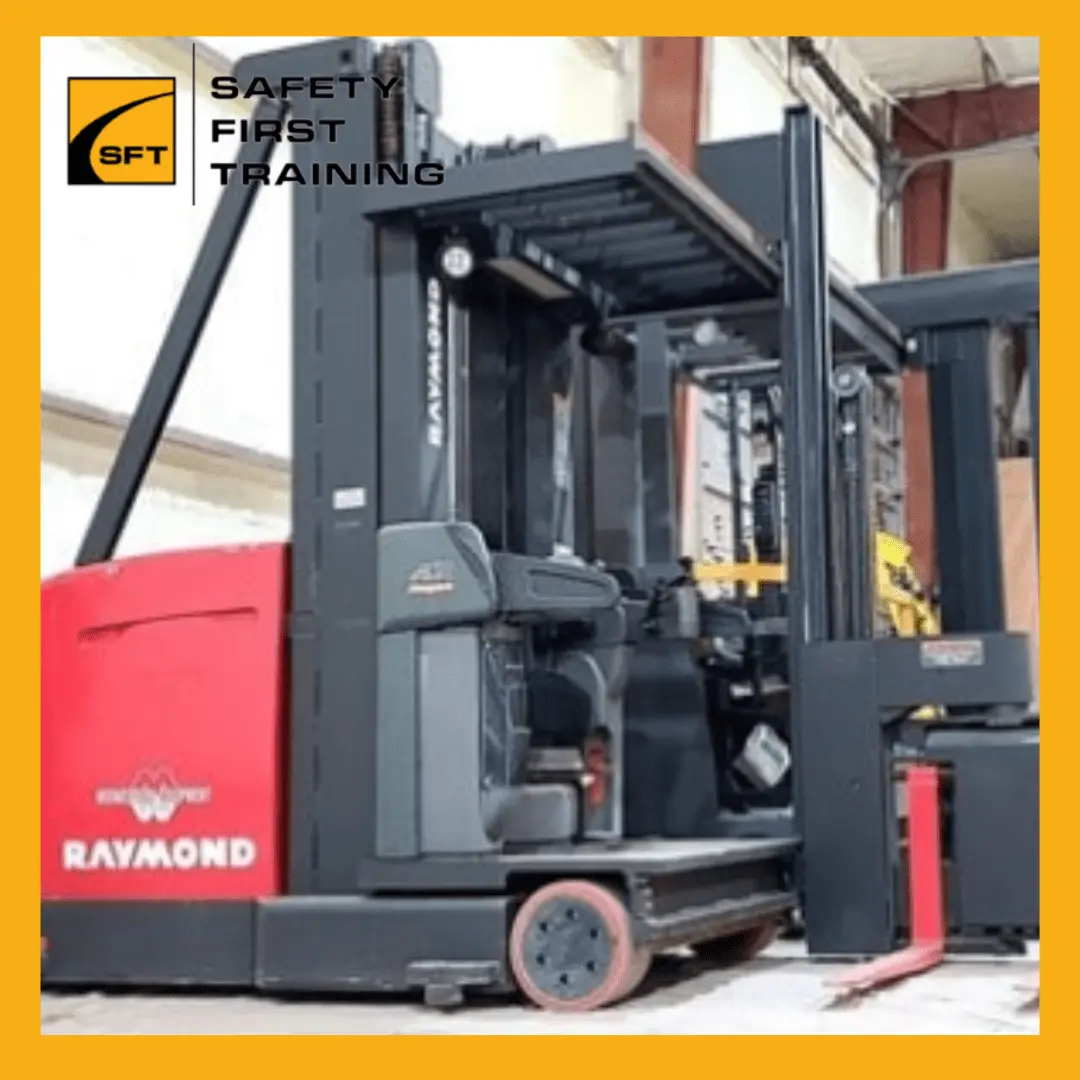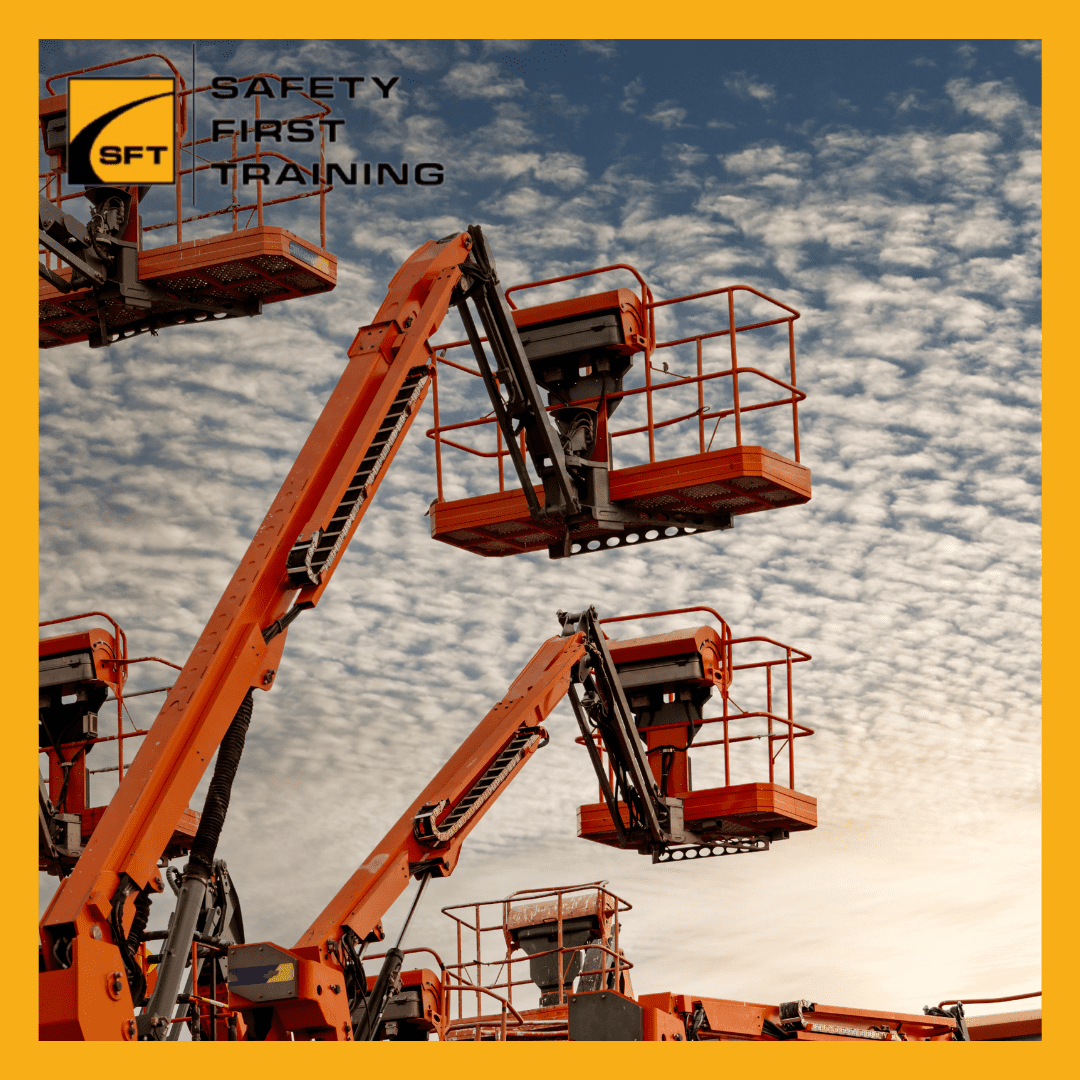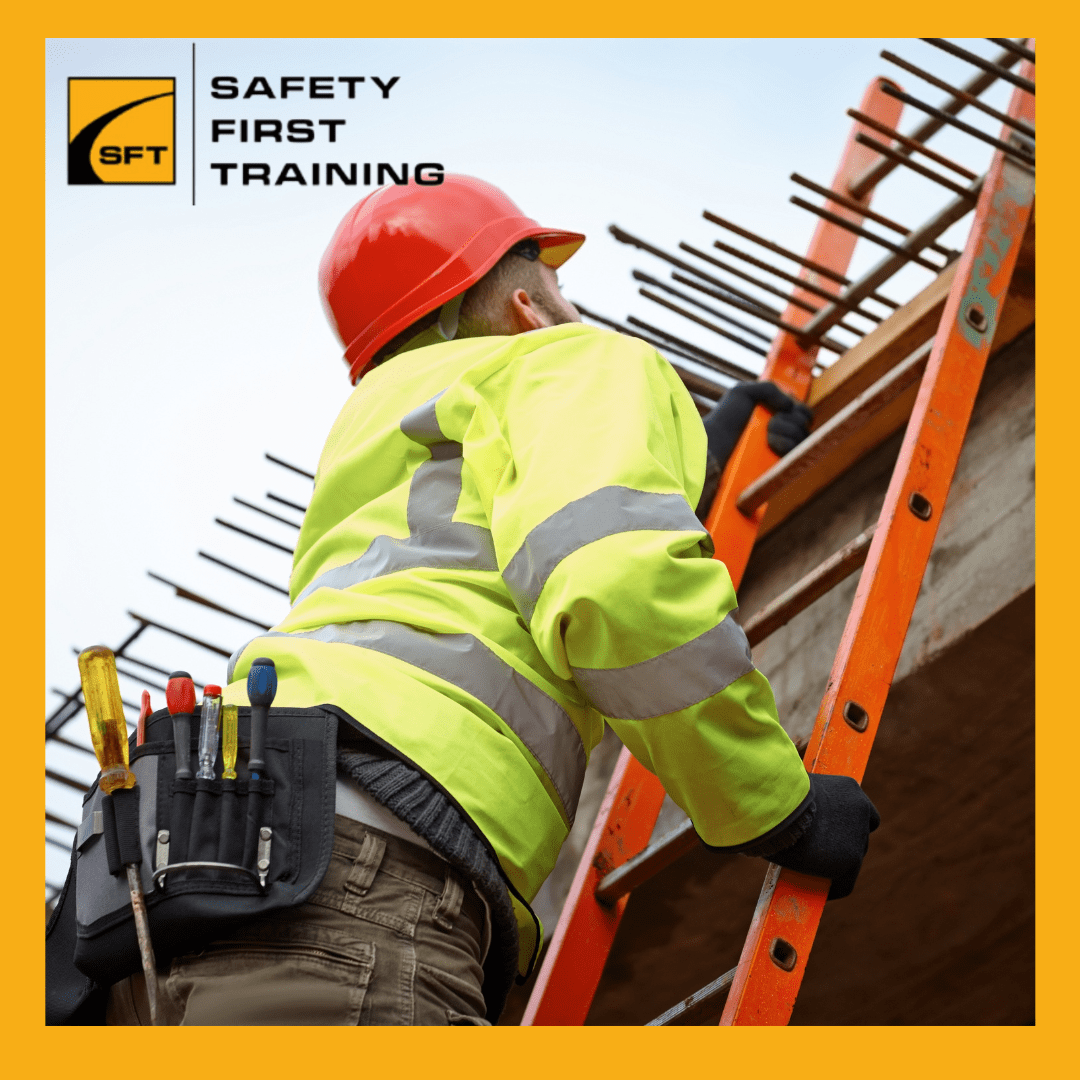SWING REACH TURRET TRUCK TRAINING CERTIFICATION - SAFE OPERATION
The Swing Reach Turret Truck Operator Training Course from Safety First Training covers the key areas of the machine to ensure safe and efficient operation. Items covered include an overview of swing reach turret trucks and their features, components and capabilities. Also, equipment familiarization, pre-operational inspection, safety procedures, proper load handling, narrow aisle operation, battery charging and maintenance and emergency procedures. This swing reach turret truck course is an OHSA based program.
We proudly offer this training across the Greater Toronto Area and within a 3-hour drive, including Toronto, Mississauga, Brampton, Markham, Vaughan, Richmond Hill, Oakville, Burlington, Hamilton, Pickering, Ajax, Whitby, Oshawa, Milton, Georgetown, Aurora, Newmarket, Caledon, Barrie, Guelph, Kitchener, Waterloo, Cambridge, St. Catharines, Niagara Falls, Peterborough, Orangeville, Grimsby, Brantford, Stratford, Simcoe, Woodstock, Collingwood, Orillia, Port Hope, Kawartha Lakes, and more.
We also offer Train the Trainer courses for various Forklifts.
Swing Reach Turret Truck Pricing - Special Discounts and Preferred Pricing Offered, Contact Us Directly
Swing Reach Turret Truck with Fall Arrest: Experienced Operators 3 – 4 hours
1-3 Participants: $1,029.00/Session
4-5 Participants: $1,179.00/Session
6-10 Participants: $1,629.00/Session
Swing Reach Turret Truck with Fall Arrest: New Operators 5 – 8 hours
1-3 Participants: $1,119.00/Session
4-5 Participants: $1,459.00/Session
6-10 Participants: $1,909.00/Session
Mixed Experienced Classes are also offered
Add: Swing Reach Turret Truck Annual Inspection: $250 / Equipment
Duration
Up to 8 hours depending on participants' experience levels
Assessment
A passing grade of 75% is required in order to receive a certificate
Completion
Upon successful completion of this course, participants will receive a PDF wall certificate and PDF wallet card for their records
Swing Reach Turret Truck Training Course - Outline
Introduction to Swing Reach Turret Truck: Provide an overview of swing reach turret trucks, their features, components, and capabilities. Explain the importance of operator training and the potential hazards associated with their operation
Related Government legislation
Responsibilities of the workers, supervisors and employers
Equipment Familiarization: Walk the operators through the specific swing reach turret truck they will be using. Cover the controls, instruments, safety features, and any unique characteristics of the equipment
Pre-Operational Inspection: Teach operators how to conduct a thorough pre-operational inspection, checking for any mechanical issues, fluid levels, tire conditions, and safety equipment functionality. Emphasize the importance of reporting any defects or malfunctions
Safety Procedures: Outline the essential safety procedures and guidelines for operating a swing reach turret truck. Include topics such as personal protective equipment (PPE), safe driving techniques, speed limits, floor load capacities, and maneuvering in tight spaces. Discuss the importance of maintaining a clear view while operating and the need for horn usage and warning signals
Load Handling: Demonstrate the correct procedures for picking up, moving, stacking, and placing loads with a swing reach turret truck. Teach operators about load stability, center of gravity, load limits, and how to properly secure loads
Narrow Aisle Operation: Train operators on how to operate the swing reach turret truck in narrow aisles and confined spaces. Focus on the importance of precise maneuvering, staying within designated lanes, wire guidance and using the equipment's height-adjusting capabilities safely
Fall Protection
Battery Charging and Maintenance: Provide instructions on battery charging and maintenance procedures specific to swing reach turret trucks. Cover proper battery handling, charging station usage, and reporting any battery-related issues
Emergency Procedures: Educate operators about emergency protocols, including how to respond to fires, spills, accidents, and other potentially dangerous situations. Discuss the importance of reporting incidents promptly and accurately
Ongoing Maintenance and Inspections: Highlight the importance of regular maintenance and inspections of swing reach turret trucks. Teach operators how to identify and report any maintenance requirements or abnormalities.
Written and Practical Assessments: Conduct both written and practical assessments to evaluate operators' knowledge and skills. Ensure that operators demonstrate proficiency in operating the swing reach turret truck safely and effectively.
Certification and Re-Certification: Provide operators with certificates upon successful completion of the training course. Discuss the need for periodic re-certification to ensure ongoing competence and compliance with safety regulations.
When operating a swing reach turret truck, it's crucial to prioritize safety to prevent accidents and ensure the well-being of operators and those around them. Here are the top 10 safety tips to follow when operating a swing reach turret truck:
Wear Proper Personal Protective Equipment (PPE): Always wear the required PPE, including a hard hat, safety shoes, high-visibility vest, and any additional protective gear specified by your workplace.
Conduct a Pre-Operational Inspection: Before using the swing reach turret truck, perform a thorough inspection to check for any mechanical issues, leaks, damaged parts, or faulty safety features. Report any problems immediately.
Ensure Clear Visibility: Maintain clear visibility while operating the truck by adjusting mirrors, using spotter assistance if needed, and keeping the operator's cabin clean and free from obstructions.
Follow Load Capacity Limits: Adhere to the swing reach turret truck's load capacity limits and never exceed them. Improperly loaded or overloaded trucks can cause instability and tip over.
Stabilize Loads Properly: Ensure that loads are properly secured, stacked evenly, and stable on the forks before moving. Use appropriate load handling attachments if necessary.
Observe Safe Driving Practices: Operate the swing reach turret truck at a safe and controlled speed, especially when turning, entering/exiting aisles, or encountering uneven surfaces. Avoid abrupt movements or sudden stops.
Be Mindful of Aisles and Obstacles: Stay within designated lanes and be cautious of other workers, pedestrians, and potential obstacles in the area. Be particularly attentive when operating in narrow aisles.
Use Horns and Warning Signals: Utilize the horn and other warning signals to alert others of your presence, especially at intersections, blind spots, or when approaching corners.
Park Safely: When parking the swing reach turret truck, ensure it is on a level surface, engage the parking brake, lower the forks, and turn off the power. Park in designated areas and do not obstruct emergency exits or walkways.
Receive Proper Training and Certification: Ensure that you have received adequate training specific to swing reach turret truck operation. Stay up-to-date with safety guidelines, regulations, and certifications. Refresher training may be necessary periodically.
Note - These safety tips should supplement comprehensive training and workplace-specific safety protocols. Always consult the manufacturer's guidelines and local regulations for operating a swing reach turret truck safely.
This Swing Reach Turret Truck Training course is designed to meet the criteria of:
CSA Standard B335-15 – The CSA Safety Standard for Lift Trucks (B335-15) identifies the knowledge, practical skills and evaluation requirements needed by lift truck operators. The practical evaluation for the Swing Reach Turret Truck Operator Training course requires operators to demonstrate competency skill level equal or greater to the industry accepted measurements.
The Occupational Health and Safety Act, REGULATION 851. INDUSTRIAL ESTABLISHMENTS as it pertains to lift truck safety.




